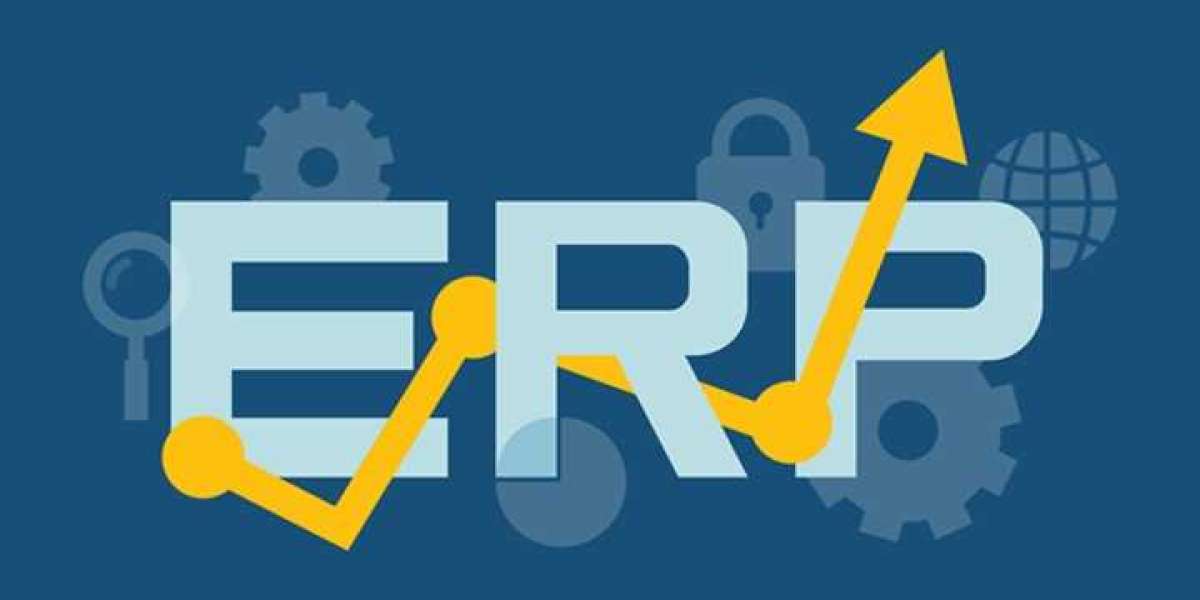Looking to increase efficiency and promote collaboration in your organization? You need an ERP software solutions to bring about your goal. Here’s the in and out of developing an ERP software.
While 90’s analyst foretold the demise of the ERP system, it has reinvented itself to offer more value. ERP was condemned for its complexity and difficulty to modify without expensive and time-consuming coding. However, the whole scenario has changed in a relatively short period.
In case you want to revise its definition, here it is:
According to Webopedia, “Enterprise resource planning (ERP) is business process management software that allows an organization to use a system of integrated applications to manage the business and automate many back-office functions related to technology, services, and human resources.”
With the advent of the technology revolution, the cloud-based and web-based ERP brings to the table more competitive advantages.
Looking for ERP Software Solutions?
Scale Your Business with Our Comprehensive Range of ERP Software Solutions
What is Cloud-based ERP?
It is a full suite solution with all the essential modules, where the enterprise pays as per the usage or a monthly fee for hardware and software used. In this case, the software and database reside on the vendor’s servers or at a third-party infrastructure and the ERP system is accessed from remote connections. Cloud-based ERP is best suited for small, medium and even large scale businesses.
What is Web-based ERP?
It provides access to the desired modules of an ERP software solutions or the entire ERP solution over the internet. It doesn’t require any kind of hardware or software at the client’s end. The system is accessed within a web browser by HTTPS link through the username and password offered by the service provider. The web application and database can either be on-premise at the company’s facility or at the vendor’s data center. Any client can use the application from anywhere, by following the link, just like the web page. Web-based ERP is best suited for small and medium enterprises (SMEs).
Do you know 81% of organizations are implementing or have implemented ERP?
Top 3 Benefits of ERP Software Solutions for The Enterprises
- 50% ease of use
- 46% enhanced functionality
- 43% savings in total cost of ownership
Top ERP Trends, Companies Plan to Adopt
- Cloud/Saas
- Mobile
- Internet of Things/ Smart tech
A study by Panorama Consulting Solutions, LLC., in 2016 shows that organizations implement ERP for the following:
Shifting from the traditional management model to customized ERP software solutions may appear to be worrisome in short term, but it’s a faithful choice for the long-term perspective. For this, you need an organized and step by step approach to accomplish your development process.
It is seen despite spending huge capital, many of the ERP projects fail poorly.
Top Reasons for Failure:
- Poor strategic planning
- Lack of comprehensive training
- Lack of dedication by top management
- Poor change management
- Underestimating Data Migration
- Fear of taking risk
Factors to Consider While Choosing ERP Software?
- The need for upgrade or replacement of ERP software depends on the industry trends. Remember, every company has different goals. As per your company requirement examine if you need a new ERP software or just an upgrade. The modern-time ERP software solutions are modularized so, you can simply integrate a module as per your company goal. But if your ERP system is quite old, we recommend you to replace it.
- As different departments have different priorities and culture, create a list of business requirements and changes you want to see. It would be a logical move to look for a customized solution. Additionally, localized dashboards and configurable workflows will help you achieve the goals.
- Discuss with colleagues from other organizations who are already using modern-day ERP solutions. Talk to them about agile and improvised reporting tools and know how it can quickly adjust to your evolving business needs.
- To make the ERP software solutions work with your existing business applications you need to consider various integration points. System-to-system, module-to-system and file transfer capabilities are the major integration points that offer flexible workflow with the existing infrastructure.
- ERP is complicated than most business solutions. It requires proper setup and training. Make sure that your team gets the proper training on how to implement the solution with the existing work structure.
How to Strategize an ERP System for Your Organization?
Depending on your company, you can reasonably plan a customized ERP system instead of an off-the-shelf solution. However, for a successful software development process, here are some of the major checklist for you.
- Define and document the project vision to plan your IT strategy.
- Meet with department managers to identify the project scope for short-term or long-term.
- Create a list of required features for effective system delivery.
- Check both off-the-shelf and customized software solution and discuss which fits according to your budget and needs.
- Talk with the software development team about hosting the server.
- Find out the required time and cost to build the ERP software solutions. The time and cost depend on the number of modules necessary to build the desired solution.
- Check the daily reporting and test how well it interfaces with your business processes.
Want to Hire Software Developers?
We offer scalable custom software development services to meet all your business needs.
Wrapping Up
97% of organizations improved few or all of their business process with the help of the ERP software solutions. To fruitfully utilize the software solution ensure you understand why you are implementing ERP. You must get full top management support to work on your business processes and needs.
Certainly, the cost of developing a custom ERP software solutions can be high but remember it is designed to optimize your business processes. Also, you can begin from small and include essential features as you grow. According to Panorama consulting solutions, 89% of organizations reported software satisfaction. For software satisfaction not only you need a reliable ERP software development company, but also you have to ensure sufficient training and management.
FAQ’s
What is ERP in software?
ERP (Enterprise resource planning) refers to a software solution that allows you to run your business, support automation manage workflows in diverse industry domains such as finance, supply chain, services, procurement, manufacturing, human resources, and more. This software system is mindfully designed to streamline business operations, boost efficiency, and give high visibility into several business activities.
What are the 3 common types of ERP?
From project management to risk mitigation, ERP software solutions can streamline and automate diverse business activities successfully. 3 most common types of ERP software systems include:
- On-Premises ERP
- Cloud-based ERP
- Hybrid ERP
How much does ERP software development cost?
The cost of making an ERP software usually starts from $40,000 and it goes up to $2,50,000 or more. Technically, this development cost varies depending on plenty of factors including project complexity levels, software features, add-ons or customization, software maintenance, development hours, developer’s locations, technology additions, etc.
Why is ERP software so expensive?
ERP software systems require a lot of hardware and infrastructure to work properly. This may include networking hardware, servers, storage units, etc. The requirement of hardware effectively increases the total cost of ERP software development. Moreover, customization options, technology additions, and licensing fees also make the system expensive.







